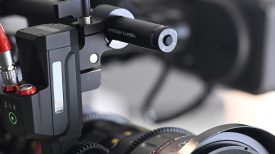Canon has released new footage showing vision that has been shot at 100fps using the 35MMFHDXS sensor. The sensor is a full frame S35mm with outside dimensions of 36mm x 24mm. It was designed with an aspect ratio of 16:9. This vision looks to be from a slightly modified version of the sensor that can be found in Canon’s ME20F-SH specialist low light camera.
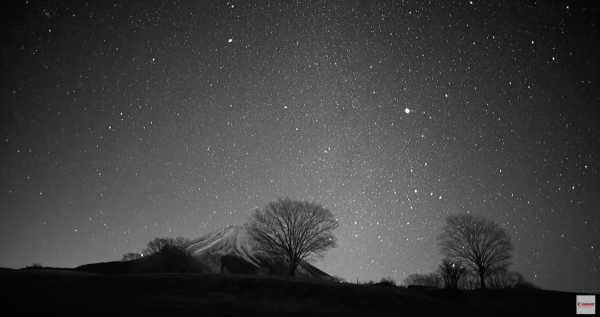
The 35MMFHDXS CMOS sensor is claimed to deliver high sensitivity, low-noise imaging performance, even in exceptionally low-light environments. The sensor’s pixels and readout circuitry employ new technologies that reduce noise, which tends to increase as pixel size increases. High sensitivity and increased well depth have been achieved through a larger pixel size of 19µm x 19µm (square) with proprietary device design technologies. The 35MMFHDXS CMOS sensor is available in RGB, RGB+IR or Monochrome. The vision shown looks remarkable clean given it was taken at 100fps in very dark conditions.
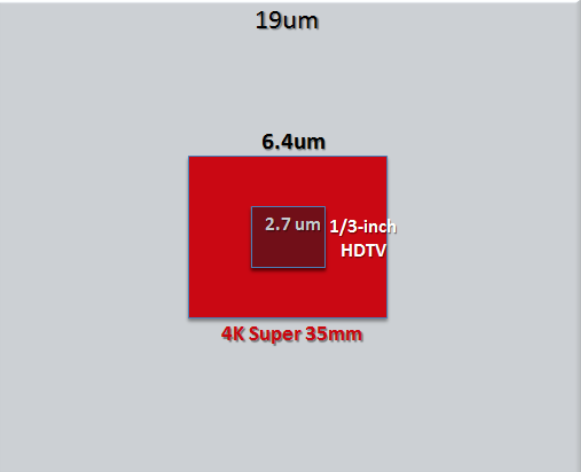
The 35MMFHDXS CMOS sensor is 36.48mm x 20.52mm and has 2000 x 1128 (slightly larger than HD) effective pixels. the 19µm x 19µm (square) sized pixels are huge. If you compare it to sensors in other cameras you will see what I mean. The just-announced RED Gemini has a 6µm pixel pitch, just like the canon C300 mark II, and the Sony a7SII is 8.4µm. The 19µm pixel pitch in the Canon 35MMFHDXS is more than double the size of the a7SII.
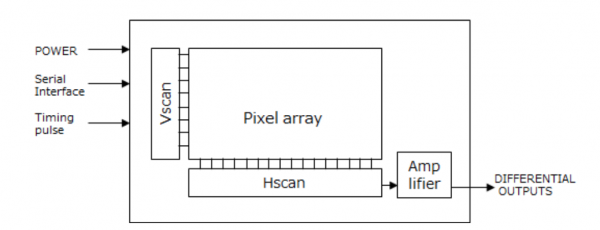
The larger the active photosite within the individual pixel the greater the capacity for capturing photons during the normal charge period. This is the primary factor defining the sensitivity of the photosite. While very large photosites are central to achieving an unprecedented level of image sensitivity, they also introduce technical hurdles which must be overcome. The challenge is the fact that the electrons released by the photoconversion process during the charge accumulation period must all be collected and completely transferred during the subsequent reset period. During the charge period, those electrons tend to wander within the photodiode and must be rapidly scooped up by application of an appropriate electric field.
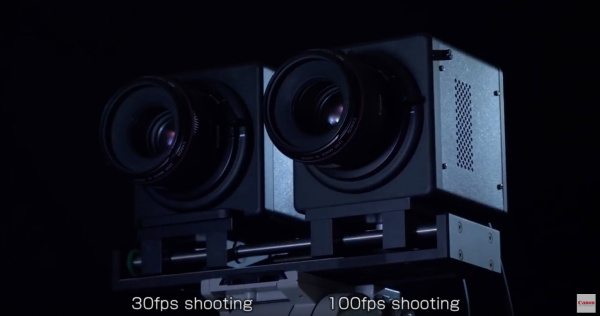
The 35MMFHDXS CMOS sensor was first presented to the Hollywood Professional Alliance (HPA) Tech Retreat in Palm Springs back in February 2016. The sensor can shoot at a staggering maximum ISO of 4,560,000. The sensor is perfect for night time wildlife productions (many species are nocturnal), deep underwater imaging that requires no lighting what soever, certain astronomical shooting, unique documentary productions, and many forms of surveillance imaging.
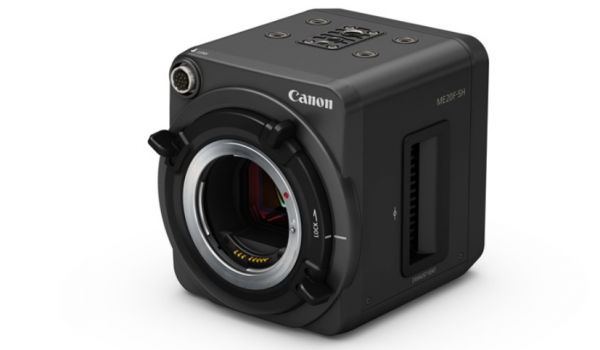
There was no information given to say what ISO the shots in the video were taken at. A version of the 35MMFHDXS CMOS sensor can be found in Canon’s ME20F-SH specialist low light camera, but that camera is limited to 60p recording. It would be nice to see this new sensor in a version of say the C100 or C200, marketed as a specialist low light camera.
35MMFHDXS Specifications:
• Sensor size: 35mm film size (36.48mm x 20.52mm)
• Number of effective pixels: 2000h x 1128v, Approx. 2.2MP
• Filter types:
• 35MMFHDXSC: RGB
• 35MMFHDXSM: Monochrome
• Pixel size: 19μm x 19μm
• Progressive scan
• Rolling shutter
• 100 fps
• Serial communication
• 180pin ceramic PGA
• Sensitivity:
• 35MMFHDXSC (Green): 1,100,000e/lx/sec @gain x1
• 35MMFHDXSM: 2,100,000e/lx/sec @gain x1
• Saturation: 61,000e @gain x1
• Dark RN: 2.2e rms @gain x16, around 35 °C
• Dark Current: 250e/sec @gain x16, 60°C
• Simultaneous reading of vertical 4 lines
• Drive frequency: 16ch x 18MHz (Recommended)
• Output format: Source follower output (Analog)
• Built in column amplifiers: (Basic pre-amplifier gain: x1, x4, x16)
• Power consumption: 2.2W
• Power supply voltage: 5V, 3.3V, others
• Package size: 60.9mm x 44.6mm x 3.57mm




